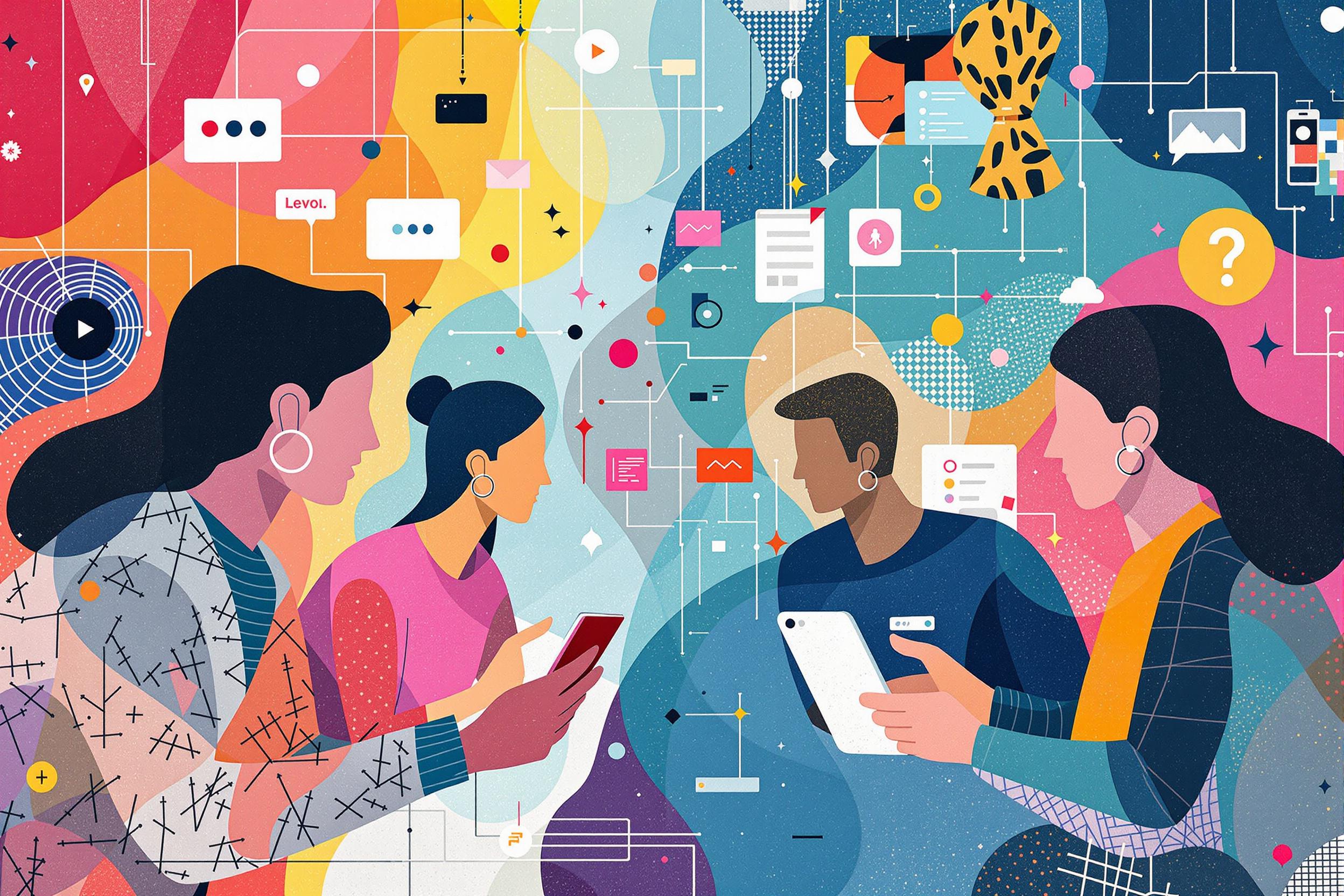
Digital Twin
A Digital Twin is like creating a virtual copy of a real-world thing, such as a building, bridge, or factory, on a computer. Think of it as a very detailed simulation that updates in real-time as the actual structure changes. Companies use Digital Twins to monitor how things are working, predict problems before they happen, and test changes safely before making them in real life. It's similar to having a practice version where you can try things out without risking damage to the actual structure. This technology helps companies save money and make better decisions about maintaining and improving their facilities.
Examples in Resumes
Developed Digital Twin models for a smart building project, reducing energy costs by 25%
Led implementation of Digital Twin technology for infrastructure monitoring across multiple construction sites
Created and managed Digital Twin simulations for predictive maintenance of industrial equipment
Utilized Digital Twin and Virtual Twin systems to optimize facility operations
Typical job title: "Digital Twin Engineers"
Also try searching for:
Where to Find Digital Twin Engineers
Professional Organizations
Online Communities
Job Resources
Example Interview Questions
Senior Level Questions
Q: How would you implement a Digital Twin strategy for a large infrastructure project?
Expected Answer: Look for answers that discuss planning phases, stakeholder management, data collection methods, and how they would ensure the digital model stays synchronized with the physical asset. They should mention real-world examples and ROI considerations.
Q: How do you measure the success of a Digital Twin implementation?
Expected Answer: Strong answers should include metrics like cost savings, maintenance efficiency improvements, prediction accuracy, and operational benefits. They should also mention how they track and report these metrics to stakeholders.
Mid Level Questions
Q: What types of data would you include in a Digital Twin of a building?
Expected Answer: Should mention various data sources like sensor readings, maintenance records, energy usage, occupancy rates, and how this information helps in managing the building better.
Q: How do you ensure data quality in a Digital Twin system?
Expected Answer: Should discuss data validation methods, regular system checks, and processes for maintaining accurate information between the physical asset and its digital copy.
Junior Level Questions
Q: What is a Digital Twin and why is it useful?
Expected Answer: Should be able to explain that it's a virtual copy of a physical object or system, and how it helps in monitoring, maintaining, and improving real-world assets.
Q: What are the basic components of a Digital Twin system?
Expected Answer: Should mention the physical asset, sensors for data collection, the digital model, and the connection between them. Basic understanding of how data flows through the system.
Experience Level Indicators
Junior (0-2 years)
- Basic understanding of 3D modeling
- Data collection and monitoring
- Basic sensor integration
- Understanding of basic infrastructure concepts
Mid (2-5 years)
- Advanced modeling and simulation
- Real-time data integration
- System monitoring and analysis
- Project implementation experience
Senior (5+ years)
- Strategic implementation planning
- Complex system integration
- Team leadership and stakeholder management
- ROI analysis and optimization
Red Flags to Watch For
- No practical experience with real-world infrastructure projects
- Lack of understanding about data collection and integration
- No knowledge of basic modeling or simulation concepts
- Poor understanding of how Digital Twins benefit business operations
Related Terms
Need more hiring wisdom? Check these out...

Redefining Team Collaboration in a Digital Workspace

Digital Apprenticeships: Crafting the Future Workforce Pipeline

Unleashing Gen Z Talent: Mastering the Virtual Internship Experience

